Having never set foot in South Korea, I was excited for my first introduction to the country to be on two wheels. I believe there’s no better way to see a new place than on a bike, and this was certainly the case for my two-week sojourn in South Korea. My adventure began as I touched down in Seoul, arriving from Toronto. Seoul, the capital and pulsating heart of the country in the northwest is a sprawling metropolis home to some 15 million people. If you’ve ever been to a large East Asian city, you’ll know the vibrant atmosphere that greets you. Bursting with life and energy, Seoul offers everything you could want in an urban environment, delectable cuisine, beautiful views, expansive parks, and a compelling introduction to South Korean culture.
Seoul, with its two major airports, can be somewhat perplexing for travelers. Incheon International Airport, about an hour from the city centre, is the largest and most convenient for international trips. For domestic travel, Gimpo International Airport is more conveniently located nearer to the city centre and while more modest in size, accommodates a selection of international flights as well. After three days spent exploring this dynamic city, I embarked on my cycling journey. From the moment I mounted my bike in the centre of this mega city, I found myself on a dedicated cycling path. It wasn’t until I had cycled 30 kilometers that I left Seoul’s boundaries, and throughout my ride I was accompanied by impeccably built and maintained bike paths.
For those unfamiliar with Seoul’s geography, the Han River courses through the city, and its tributaries flow throughout the Korea peninsula. South Korea boasts over 2,000 kilometers of state-of-the-art cycling paths, many of which trace the Han River’s route throughout the country. Additionally, all major cities are interwoven with smaller paths that integrate into this vast network. This exceptional infrastructure was the most surprising and delightful aspect of my trip, the likes and lengths of which are unparalleled by anything I have encountered in Asia, North America, or Europe.
Following my departure from Seoul, I spent 8 days cycling the width of the country, through tranquil, small towns, past undulating hills, cascading waterfalls, icy climbing cliffs, verdant rice paddies, and abundant apple orchards, until I reached the eastern coast in Yeongdeok. While the central regions of the country may lack the bustling attractions of urban areas, they are rich in their history and natural beauty, offering a serene and picturesque journey. This type of travel isn’t for everyone though. Constantly relocating from place to place can become quite exhausting. It necessitates the continual packing and unpacking of belongings each day and you don’t get much time to discover a place. For those who prefer a more stable home base while enjoying varied routes, consider a hub-and-spoke cycling trip. This approach allows you to remain in a single location, embarking on different rides each day, thereby combining the comfort of consistent lodging with the excitement of diverse daily excursions.
From Yeongdeok I cycled south down the coast until reaching Busan, the nation’s second largest city. Busan, home to 6 million residents, feels like a younger, quitter version of Seoul. It reminded me of a more intimate Hong Kong, with its grand ports and coastal charm. Despite its size, Busan offers a more relaxed atmosphere and more breathing room than it’s sibling to the north. Whether you prefer the vibrant energy of Seoul or the more laid-back vibe of Busan, both cities merit a few days of exploration.
After Busan, I took a brief 30-minute flight to Jeju City, home to half a million people and situated on Jeju Island, one of East Asia’s most popular gambling and resort retreats, after Macau. This segment of the journey was my favourite, as I spent 3 days circumnavigating the island, reveling in the most gorgeous ocean views. From roadside squid drying in the sun, to the islands steep, albeit modest, mountain peaks, and the famed black pig, Jeju offered no shortage of sights and experiences. It’s no wonder so many people from across Asia flock here for their vacations.
My trip concluded with a flight back to Seoul and one extra night’s stay, before leaving back to Canada in the morning. Through 14 days, 13 towns, 1 flat, and 1,000 kilometers, I completed one of my most memorable cycling adventures to date. The journey was not merely a physical feat but a profound exploration of South Korea’s rich tapestry of culture, history, and natural beauty. If you are seeking your next great cycling adventure, look no further than South Korea. The country’s exceptional cycling infrastructure makes it a haven for cyclists of all abilities, providing seamless routes that are both safe and scenic. From the cultural richness of its urban centres to the breathtaking beauty of its rural landscapes, there’s not much else you could ask for on a good cross-country trip. South Korea beckons with the promise of adventure, discovery, beauty, and an unforgettable cross-country cycling experience.
Along my journey I collected a plethora of stamps in a South Korean cyclists’ passport. Issued by numerous tour operators in the country, these bike passports can be stamped at red telephone booths (think like in London, England) situated along bike paths nationwide, allowing riders to gather a memorable set of ink drawings from their experience. Navigating the country without knowing the language can be difficult, but the bike path signage and passport stamping stops assist with that. If instead on relying on signage and monuments you want to attempt to learn Korean, here are a few words and their English phonetic pronunciations that proved essential before I knew any of the language. “Annyeonghaseyo” (pronounced “ann-yong-ha-se-yo”) means hello, though for individuals younger than you, you can simply say “annyeong”. “Gamsahabnida” (pronounced “gam-sab-ni-da”) translates to thank you and proves useful in various situations. Lastly, “bike path” is “jajeongeo dolo” (pronounced “jaj-ong-o-do-ro”). With this knowledge in hand, you are sufficiently equipped to embark on your first South Korean adventure.
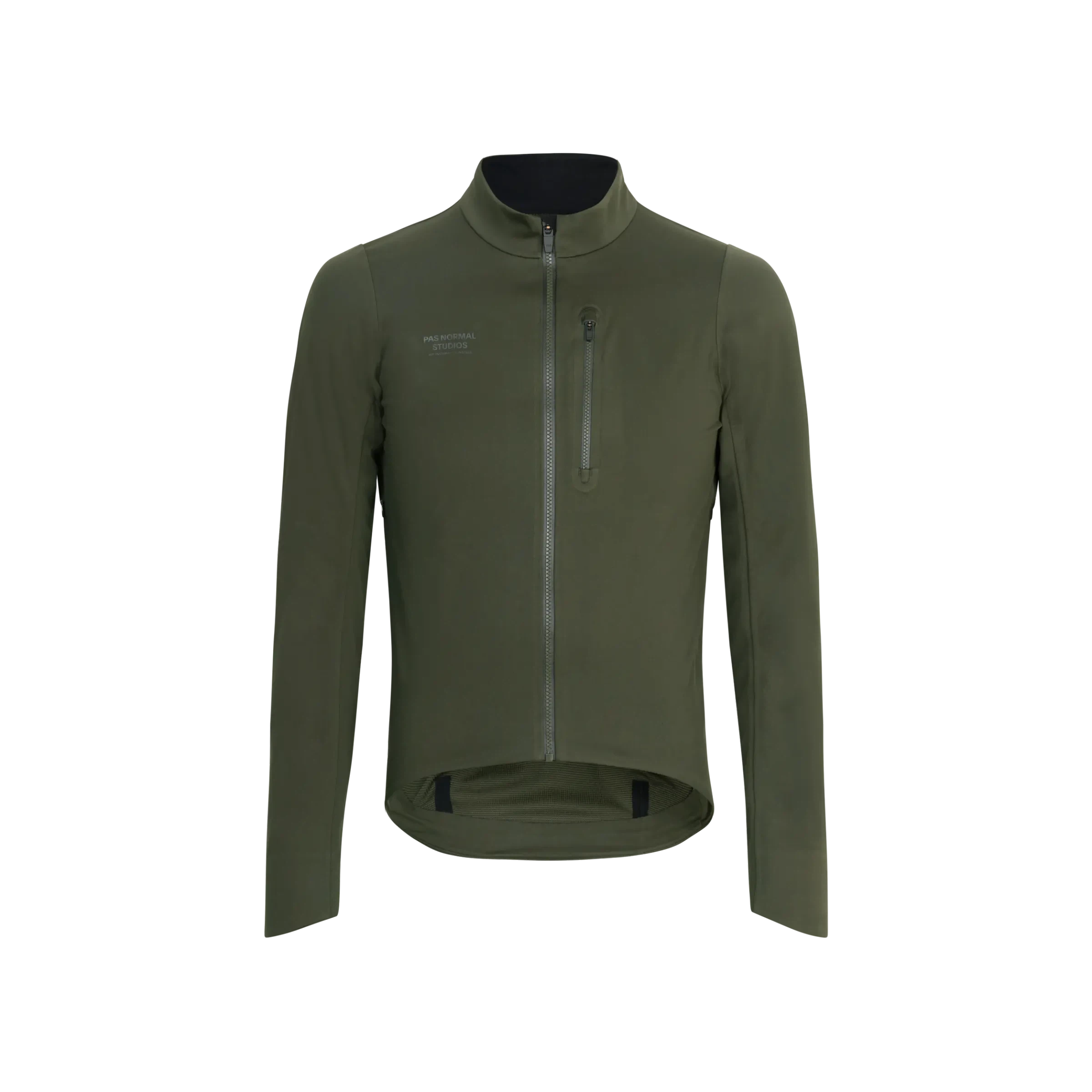
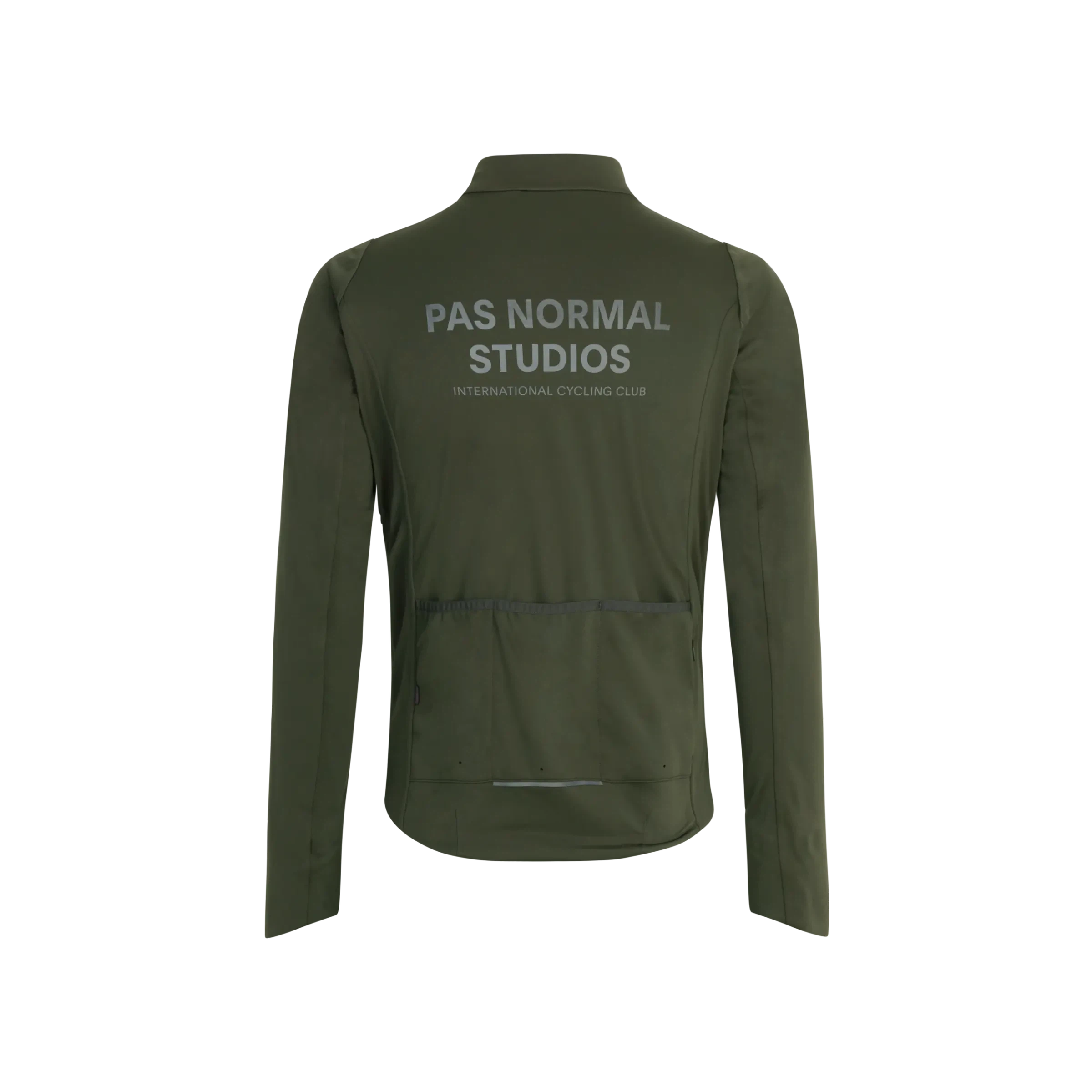


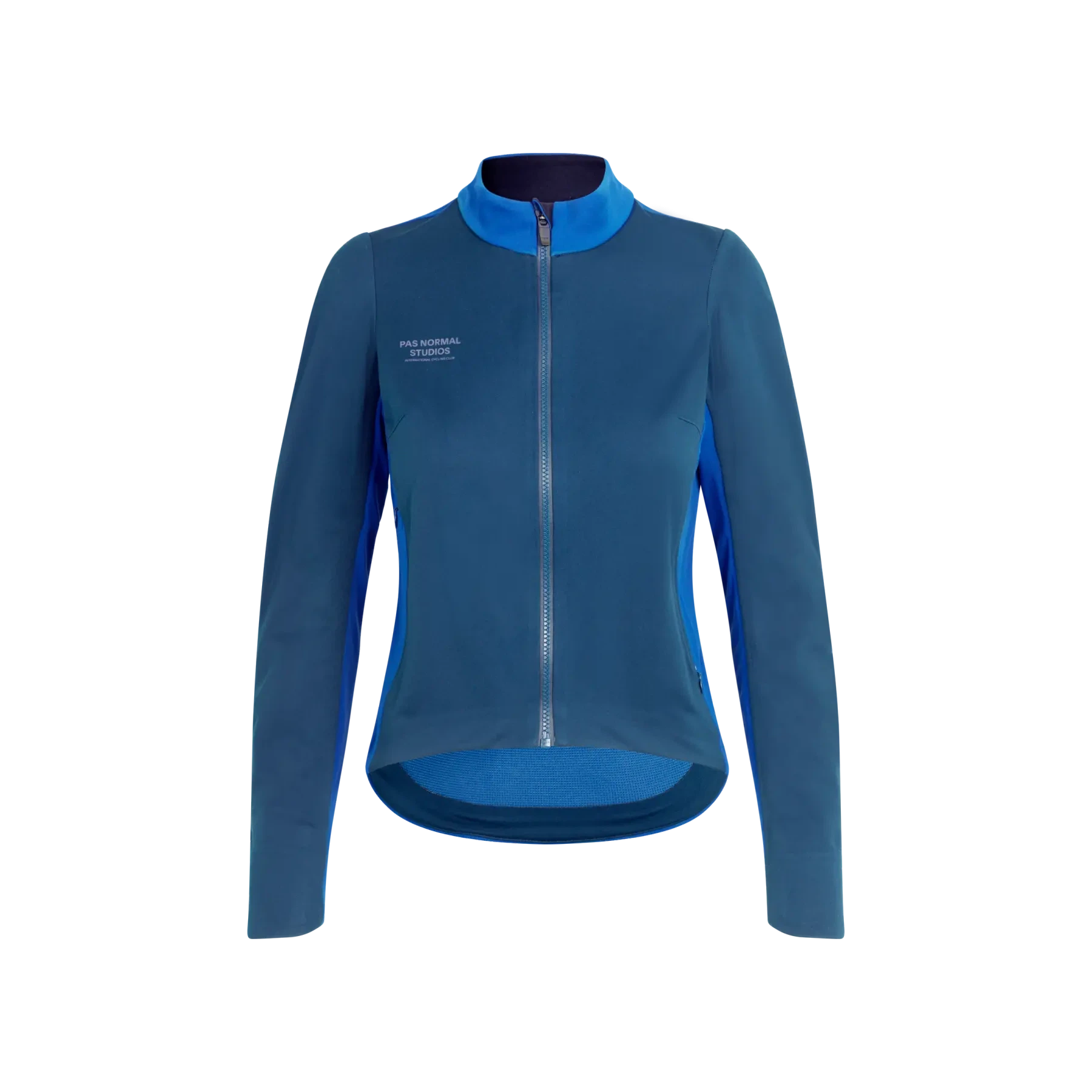
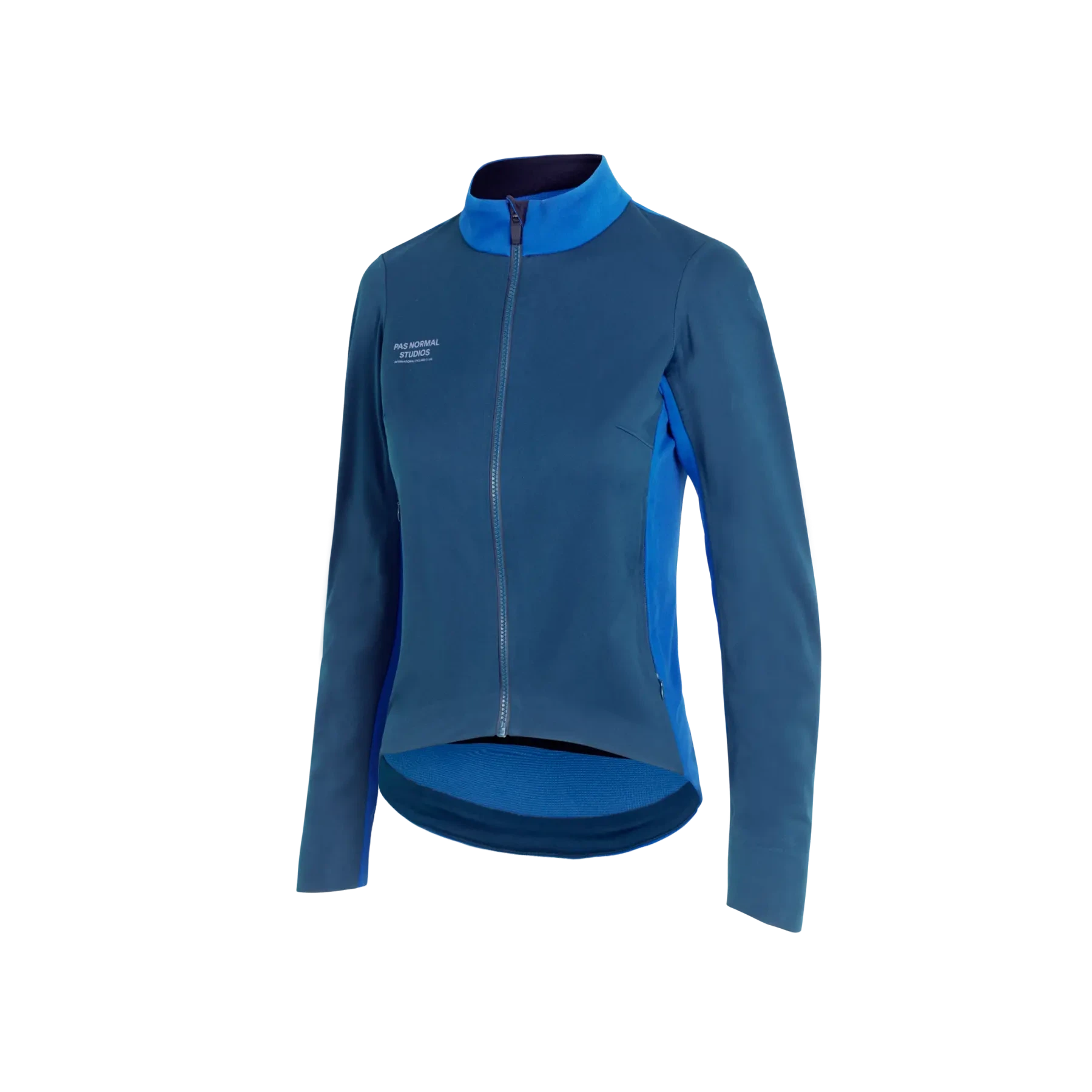
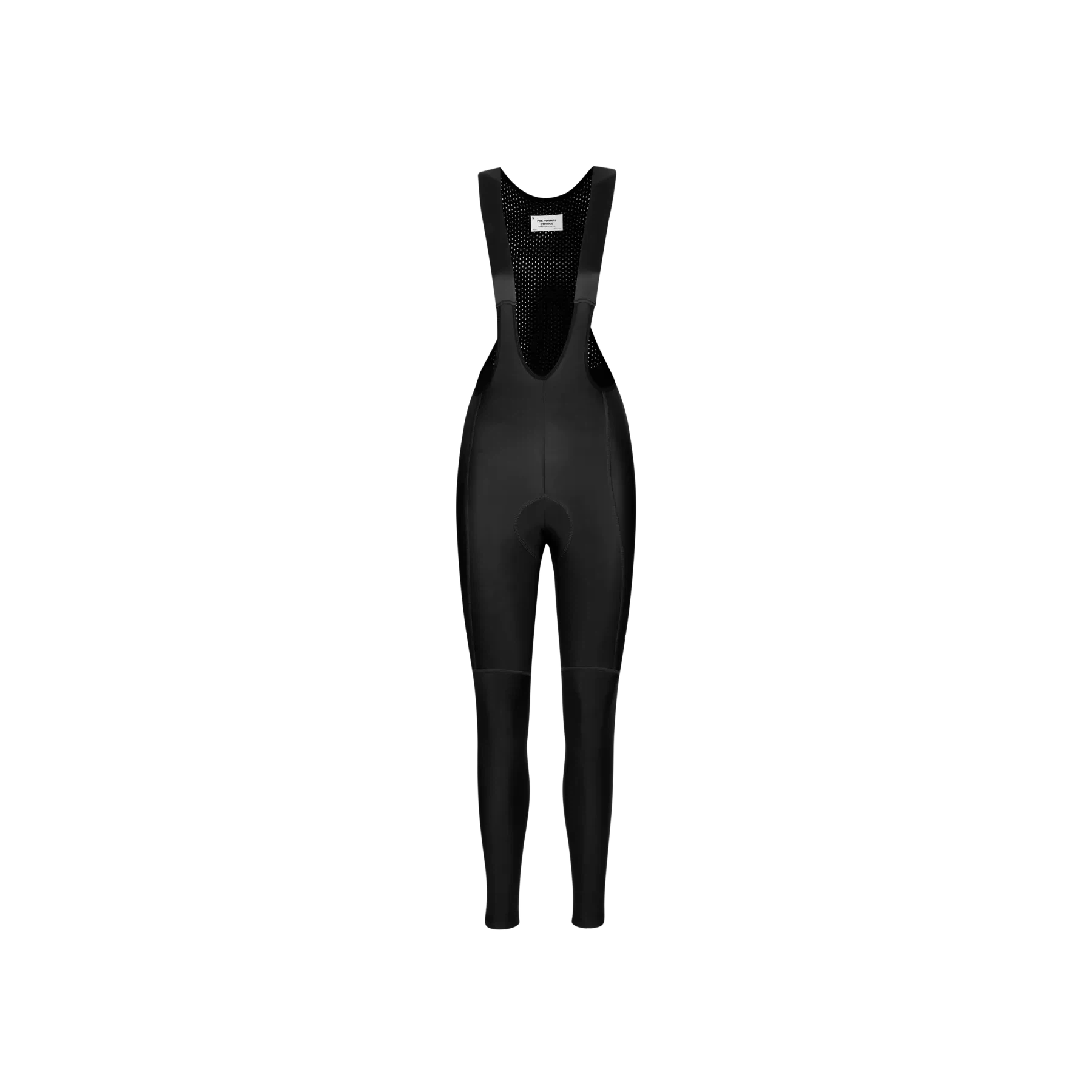
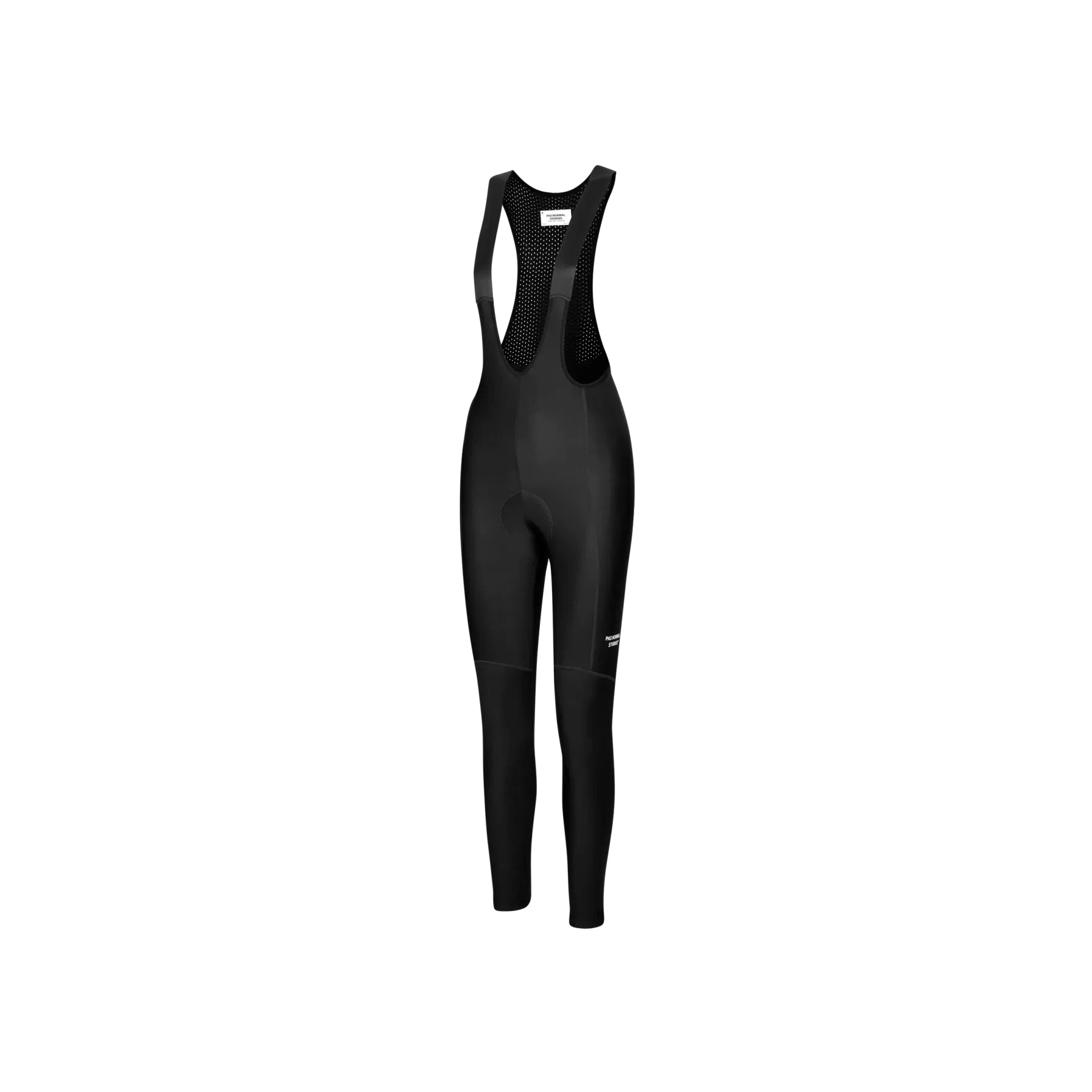

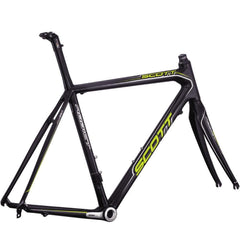
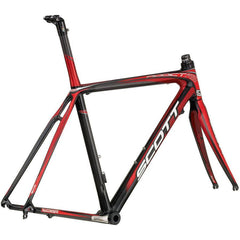

Leave a comment